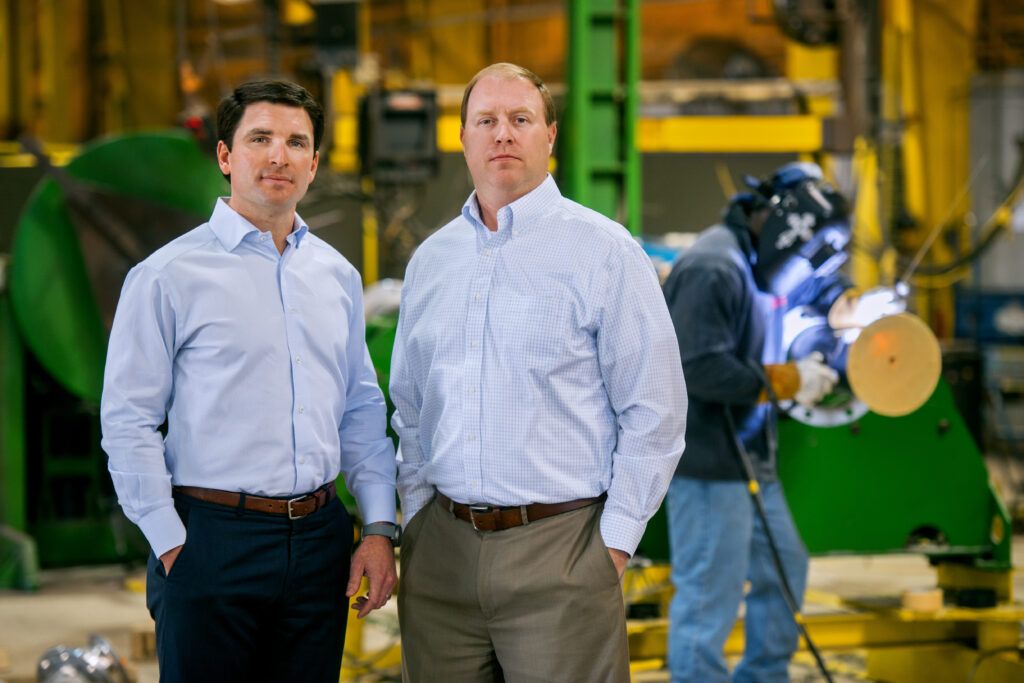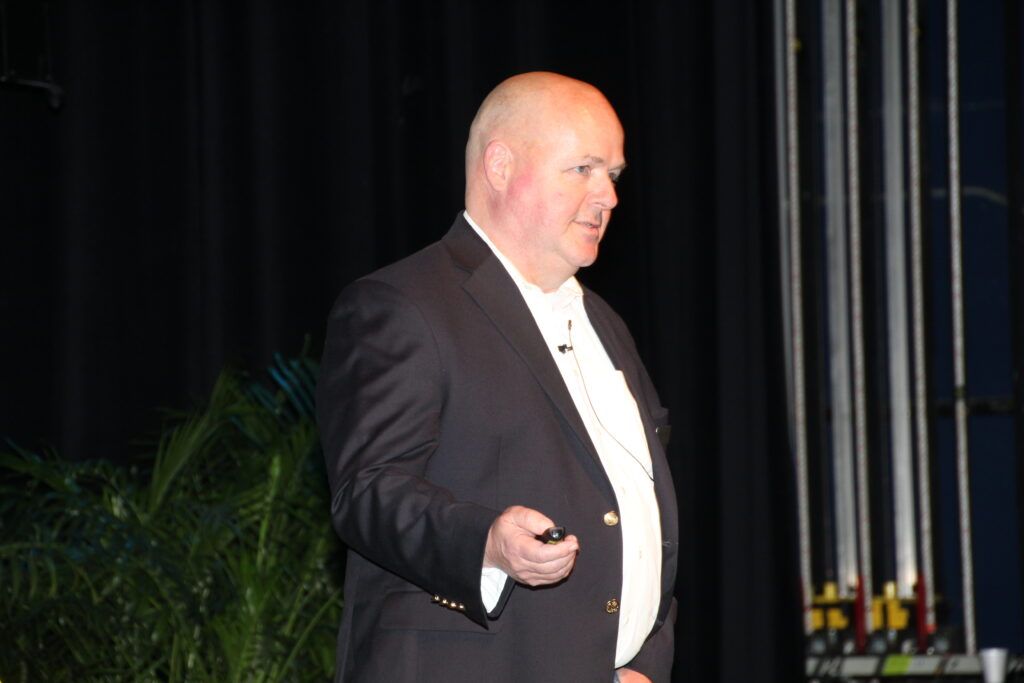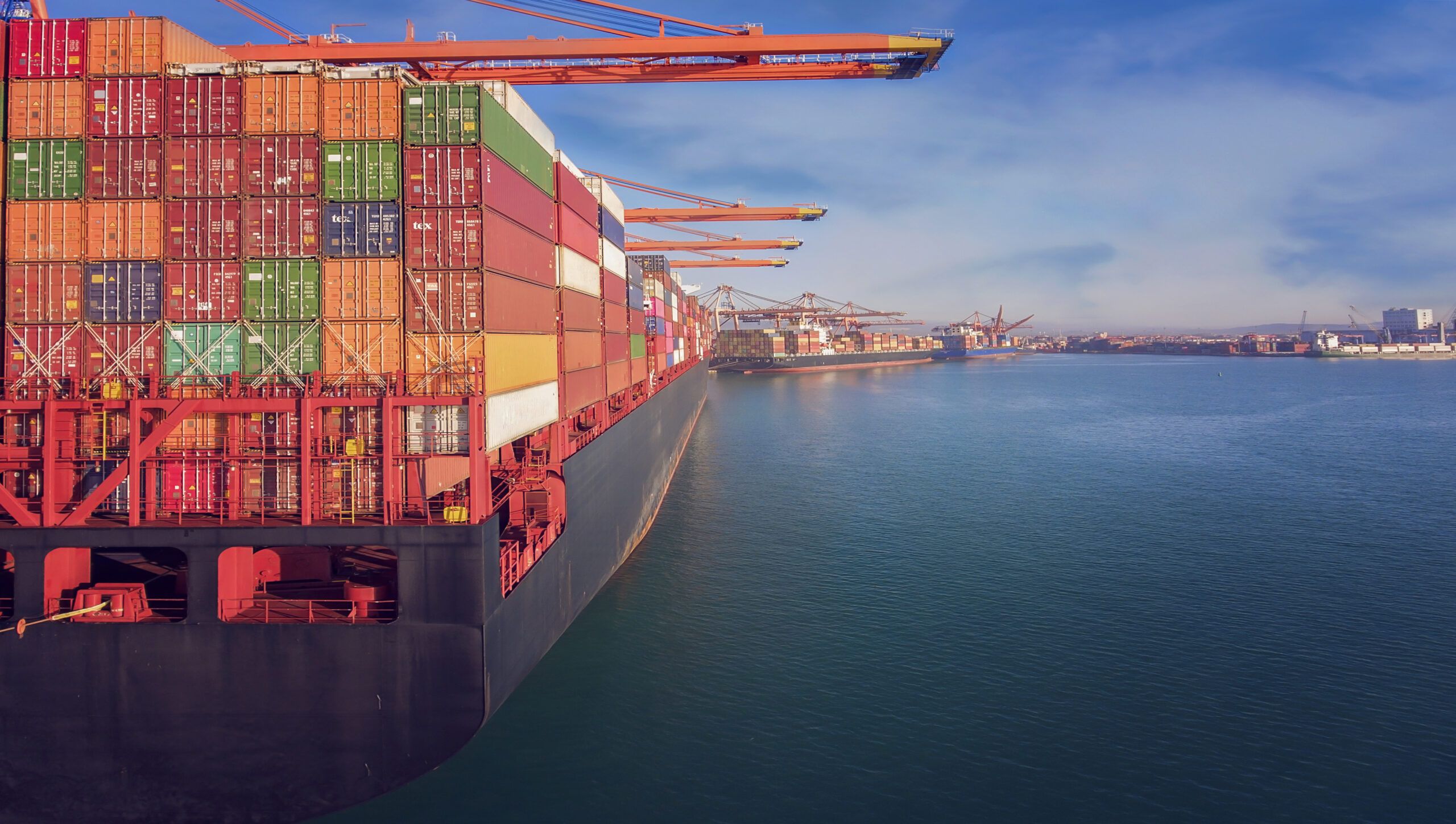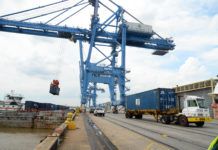It was unquestionably serendipitous. A few years back, Performance Contractors in Baton Rouge began an extensive self-assessment to gain better visibility into its procurement processes.
The initiative was prompted by a period of rapid growth—from 2009 to 2015, revenues rose from $650 million to $1.53 billion.
Leading the effort was Lance Glaser, director of strategic procurement, equipment and logistics, who has high-level oversight of the contractor’s procurement practices. “We were growing so quickly that we realized that we had room to enhance what we were doing to take advantage of our size and scale,” Glaser says.
In the process, Performance closely examined its procurement history, including what they were buying and who they were buying it from, then began developing strategic partnerships with key suppliers and manufacturers to improve their ability to react to changing dynamics. Little did they know what the future would bring, and more importantly how advantageous those partnerships would become.
Pandemic-related shutdowns in upstream manufacturing facilities, followed by a range of transportation issues—shipping delays at multiple West Coast ports, rail bottlenecks, manpower deficiencies and an alarming lack of trucks—have contributed to unprecedented supply chain disruptions.
In effect, materials can no longer be counted on to be available when, or at the cost, they’re needed.
Anirban Basu, chairman and CEO of Sage Policy Group in Baltimore and chief economist for Associated Builders and Contractors, says a variety of factors came together to create a logistical perfect storm.
And the problem might not yet have peaked. “The amount of goods the ports are handling now is far above pre-pandemic levels,” Basu says. “And while they’re taking steps to deal with this, they just can’t keep up with this massive movement of goods between economies.”
For their part, contractors are getting involved earlier in a project’s lifecycle to collaborate with owners and other team members, work through logistical hurdles and minimize risk. Some of the more radical solutions have been in procurement, where the entirety of a project’s materials and equipment are more frequently being ordered before groundbreaking. The offsite modularization of project components has become another popular way to minimize risk.
Performance’s fortuitous decision to shake up its procurement processes has paid off in big ways. They now have critical partnerships in place with various vendors, which has enabled them to more accurately forecast price increases and shipping times for certain materials.
“Our vendors have insight into what’s going on at the mills that we don’t,” Glaser says.
They’ve also improved their responsiveness. “When we’re purchasing cranes, forklifts, etcetera, our suppliers will give us a heads up when they see significant price increases in the near future and we can lock in a price before that happens,” he adds.

PULLING OFF THE IMPOSSIBLE
In the industrial space, expedited shipping costs and inflation are now commonly factored into every project analysis, and some owners must dole out millions of dollars for expedited shipping.
John Scroggins, plant manager at Westlake Chemical Corp. in Geismar, says the unpredictable dynamic has radically changed the way his plant conducts business. In fact, Westlake Chemical recently paid some $2 million to expedite the shipping of materials for a capital project, because the original shipping arrangement would have delayed the project by weeks.
Scroggins credits Westlake’s purchasing group for pulling off miracles, chiefly by collaborating with multiple departments “to materialize what we need when we need it … but it has still been a challenge.”
For the budgeted replacement of an obsolete furnace, for example, “they (the purchasing group) worked and negotiated with our engineering team for probably two months before it was resolved.
Even then, the resolution wasn’t ideal and we had to spend more, but at the end of the day we got the equipment delivered.”
A big part of any project cost equation must now account for contingencies related to increased shipping costs, delays or re-designs.
That requires than an industrial plant be nimble in today’s economy. “Just because you negotiated the terms doesn’t mean that will be reality,” Scroggins says. “You have to be able to adapt to that.”
Inflation is another concern, so industrial owners must also account for price escalations. There’s also a trend toward “lump sum” contracts, and owners are buying more of their construction materials before even hiring a contractor.
“If we know we’re going to have a lot of commodity materials such as sheets of nickel alloy, we might lock in a price with a vendor, give them a purchase order and secure the material,” he adds.

As for Performance, they more frequently get involved during the pre-FEED, or front-end engineering design, stage of a project, which enables them to begin pricing and procuring materials much earlier in a project’s lifecycle.
“The more time we have, the better,” Glaser says. “In the past, an engineer or owner might have released the bulk of the design when the model was 90 percent complete. Now, it’s more like 60 percent complete to allow fabricators to lock in material prices and lead times earlier.”
Ultimately, Performance is able to provide the owner with more accurate expectations as to schedule, cost and materials. “If we can get involved earlier, specifically during the procurement of piping, valves, and modular work, the more realistic their timeline will be,” he adds. “And if we can order materials nine months out, we feel pretty confident that we’ll be able to deliver the materials based upon the current conditions.”
No one likes bad news, but sometimes it’s unavoidable.
Prices can fluctuate daily, if not hourly, and a certain material might be available one day, then the next day be delayed by eight to 16 weeks.
Jimmy Betz, Performance’s corporate director of purchasing, says vendors used to hold pricing for carbon steel for 30 to 60 days, and metal alloys a couple of weeks. Today, it’s three or four days for carbon steel and only one day for steel alloys.
Performance makes a point to be transparent with their clients regarding potential future supply and inflationary challenges. “I think all of our clients are aware of the supply problems,” Betz says.
“No one likes to hear that something’s going to take two extra weeks and that the price went up 15 percent, but it’s always better to share bad news immediately than to hold off and wait to report it later.”
Performance also focuses on communication and managing expectations to proactively stay ahead of the problem. “It’s all about making sure our clients, our engineering partners and internal group all aware of the challenges, what the delivery times are, and what the pricing looks like,” Glaser says.
BLOCKCHAIN TO THE RESCUE?
Andrew Bruce, founder of Houston-based Data Gumbo, says technology—block chain, in particular—could play an increasingly important role in alleviating some of the current supply chain uncertainty.

Speaking at the annual Tec Next conference in February in Baton Rouge, Bruce said “smart contracts” powered by blockchain technology are pioneering a new approach to commercial relationships that can streamline procurement and transactional certainty.
“Rolling out GumboNet (Data Gumbo’s proprietary product) to your supply chain delivers more than a 10 percent cost-savings within six months of receiving company data and implementing a smart contract between counterparties,” Bruce says.
Data Gumbo started out as a data platform that connected to collected and standardized operational data to enable machine learning, AI and condition-based maintenance systems, then transitioned to utilizing blockchain after they spotted an opportunity to eliminate sizable cost inefficiencies during procurement.
Data Gumbo’s smart contracts offer a new approach to commercial relationships—whereby every transaction is accurate and certain, touchless and automated.
In the process, they can streamlines business processes and reduces numerous steps down to only two, and offer visibility into “real-time” spending.
Today, GumboNet is the only smart contract network of global industrial enterprises and their customers, suppliers and vendors that successfully incorporates real-time sensor level and field data to validate transactions. It can upgrade legacy processes and deliver a modern approach that ensures transactional certainty to drive millions of dollars of improved performance.









